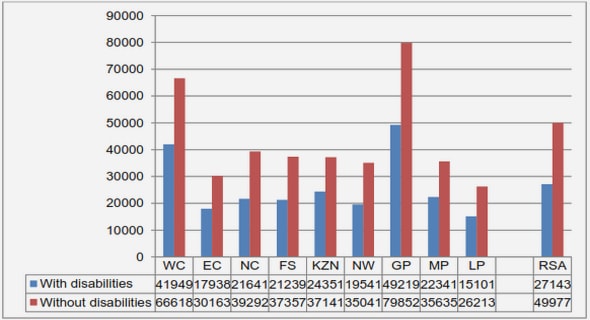(Downloads - 0)
For more info about our services contact : help@bestpfe.com
Table of contents
I. State of the art
I.1. Introduction
I.2. Hydrogen economy
I.2.1. Bigger Picture
I.3. Physical hydrogen storage
I.3.1. Compressed hydrogen
I.3.2. Liquefied hydrogen
I.3.3. Hydrogen in porous compound
I.4. Chemical hydrogen storage
I.4.1. Hydrogen containing gases
I.4.2. Liquid organic hydrogen carriers
I.4.3. Solid-state hydrogen storage
I.4.3.1. Metal hydrides
I.4.3.2. Complex hydrides
I.4.3.3. Metal amides
I.4.3.4. Ammonia Borane
I.4.3.5. Metal amidoboranes
I.4.3.6. Metal borohydrides
I.4.3.7. Metal borohydride derivatives
I.4.3.8. Composite Reactive hydrides
I.4.3.9. Hydrolysis
I.4.3.10. Direct hydrogenation catalysts
I.4.3.11. Frustrated Lewis Pairs
I.5. Conclusion
II. Methodology
II.1. Crystallographic analysis
II.1.1. Powder X-ray diffraction
II.2. Thermodynamic analysis
II.2.1. Differential Scanning Calorimetry – Thermogravimetry
II.2.2. Sievert type volumetry
II.3. Spectroscopic analysis
II.3.1. Mass Spectrometry
II.3.2. Raman and Infra-red Spectroscopy
II.3.3. Nuclear Magnetic Resonance Spectroscopy
II.4. Synthesis process
II.4.1. Ball-milling
II.4.2. Review of mechanochemical synthesis of metal borohydrides
II.4.3. Review of solvothermal synthesis of metal borohydrides
II.4.4. Solvothermal synthesis equipment
III. Synthesis and characterization of ammine zinc borohydrides
III.1. Objective
III.2. Literature review on synthesis of zinc borohydride solvates
III.3. Road to scalable synthesis
III.3.1. Synthesis procedure
III.4. Experimental results
III.4.1. Crystallographic analysis
III.4.2. Thermodynamic analysis
III.4.3. Spectroscopic analysis
III.5. Discussion of results
III.6. Conclusions
III.7. Appendix
IV. Optimizing hydrogen storage capacity of Zn-B-N-H compounds
IV.1. Objective
IV.2. Ammonium metal borohydrides
IV.2.1. Ammonium Zinc borohydride
IV.2.1.1. Crystallographic analysis
IV.2.1.2. Raman analysis
IV.2.1.3. Thermodynamic analysis
IV.2.2. Overview of ammonium metal borohydrides
IV.3. Ammonia borane destabilization
IV.4. Ammine zinc borohydride – Ammonia borane complex
IV.4.1. Metal Amidoboranes
IV.4.2. Zinc amidoborane
IV.5. Hydrogen storage capacity of Zn-B-N-H system
IV.6. Conclusions
IV.7. Appendix
V. Mg-B-N-H system and exploration of reversibility
V.1. Drawback of Zn-B-N-H system as practical hydrogen storage system
V.2. Objective
V.3. Synthesis of Mg-B-N-H compounds
V.4. Hydrogen storage properties of Mg-B-N-H system
V.5. Regeneration of spent M(BNHx)m fuel
V.5.1. Direct hydrogenation of M(BNHx)m
V.5.2. Metal recovery from M(BNHx)m
V.5.3. Full regeneration of Mg(BNHx)2
V.5.3.1. B-N bond cleavage
V.5.3.2. B-F bond reduction
V.6. Conclusion
V.7. Appendix
VI. General Conclusions and Perspectives
VII. Résumé détaillé des chapitres
VII.1. Chapitre I – L’état de l’art
VII.2. Chapitre II – Méthodologie
VII.3. Chapitre III – Synthèse et caractérisation de borohydrures d’amines de zinc
VII.4. Chapitre IV – Optimiser la capacité d’hydrogène des composés Zn-B-N-H
VII.5. Chapitre V – Système Mg-B-N-H et exploration de la réversibilité
References




